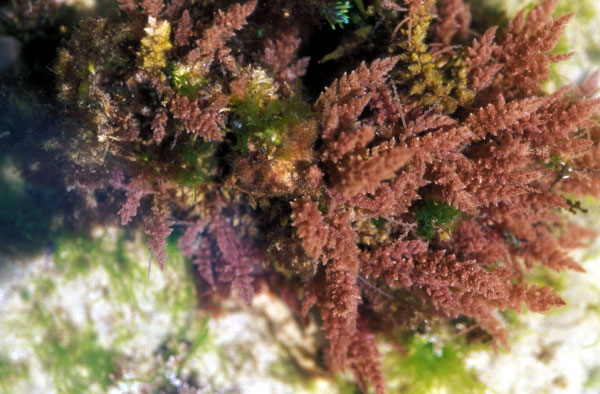A non-steady state diagenetic model for changes in sediment biogeochemistry in response to seasonally hypoxic/anoxic conditions in the “dead zone” of the Louisiana shelf
Biogeochemical processes occurring near the sediment–water interface can play an important role in the establishment and persistence of hypoxic-to-anoxic conditions in areas of moderate-to-shallow water depth. Results are given in this paper for diagenetic modeling of two sites from the area on the Louisiana shelf west of the Mississippi River Delta known as the “dead zone”. This is one of the largest and most studied regions where seasonal coastal hypoxia occurs. The diagenetic model was capable of generating good matches with depth profiles at both sites in the upper 8 cm. Moderate differences between predicted and observed concentrations below this depth are most likely due to the highly non-steady state conditions in this region. The model was also able to predict extremely low dissolved sulfide concentrations and bacterial sulfate reduction rates that were in good agreement with independent direct observations. A sensitivity analysis of the model to input parameters showed that the model was much more sensitive to changes in values under hypoxic conditions than norm-oxic or anoxic conditions in the overlying water.
Simulations were carried out to first determine how the profiles of sediment porewater parameters and interfacial fluxes would change under differing quasi-steady state conditions where overlying dissolved oxygen concentrations and the rate of bioirrigation were varied. Next a non-steady state simulation was run to investigate how sediment biogeochemistry would change between these conditions during a hypothetical annual cycle. Results demonstrated a clear need to better understand the dynamic relationship among overlying water oxygen concentrations, the behavior of the benthic faunal community responsible for bioirrigation and sediment biogeochemistry.



